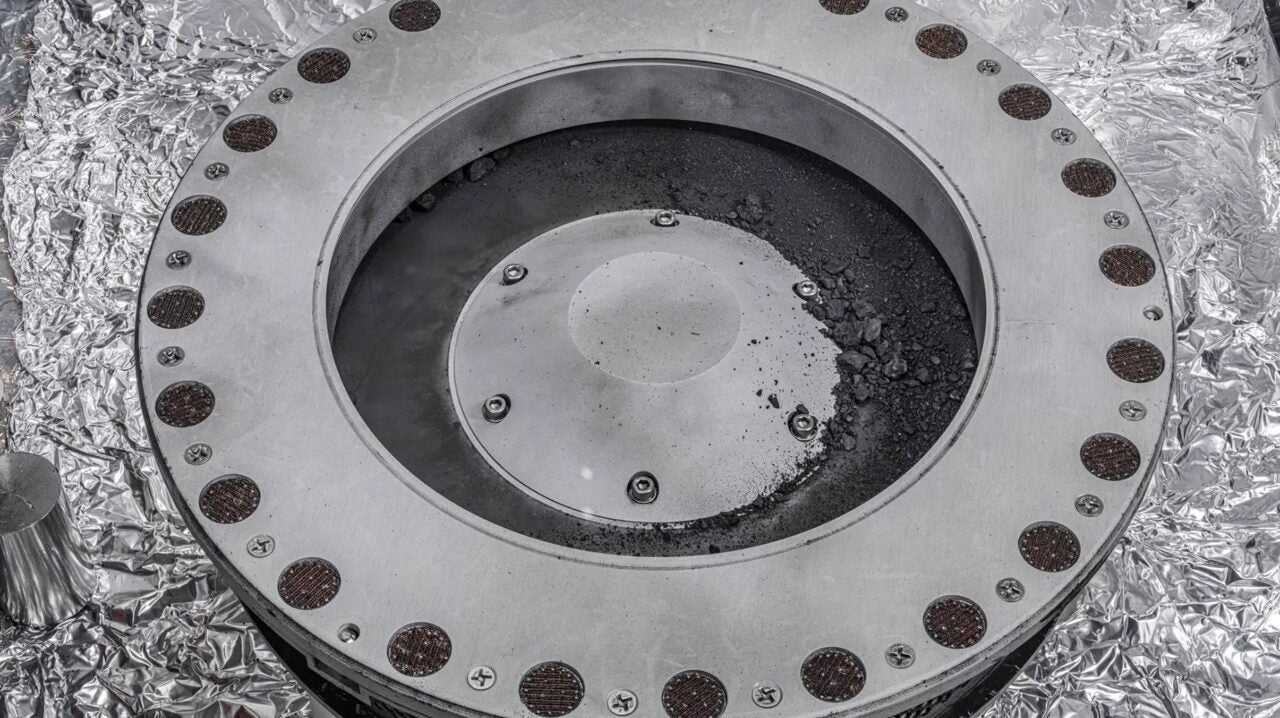NASA reveals historic asteroid sample — and it contains key building blocks of life
(CNN) — A pristine asteroid sample that could serve as a time capsule from the early days of our solar system has finally been revealed.
The rocks and dust contain water and a large amount of carbon, said NASA administrator Bill Nelson, which suggests that asteroids like Bennu may have delivered the building blocks of life to Earth. The sample is nearly 5% carbon by weight.
“The first analysis shows samples that contain abundant water in the form of hydrated clay minerals, and they contain carbon as both minerals and organic molecules,” Nelson said. “Far exceeding our goal of 60 grams, this is the biggest carbon-rich asteroid sample ever return to Earth. The carbon and water molecules are exactly the kinds of material that we wanted to find. They’re crucial elements in the formation of our own planet. And they’re going to help us determine the origin of elements that could have led to life.”
The sample collected from the 4.5 billion-year-old near-Earth asteroid Bennu in October 2020 by NASA’s OSIRIS-REx mission arrived on Earth in a capsule on September 24, dropping from the spacecraft and landing in the Utah desert.
Since then, scientists have been hard at work studying the wealth of material — more than they expected — just inside the top of the canister to conduct an early analysis. The results of that analysis, and the first look at the sample, were shared during a live NASA broadcast from the agency’s Johnson Space Center in Houston on Wednesday. It’s the largest asteroid sample returned to Earth.
When the OSIRIS-REx spacecraft closely approached Bennu three years ago, it extended a Touch-and-Go Sample Acquisition Mechanism head, or TAGSAM, toward the asteroid and fired a blast of nitrogen gas. The burst of gas lifted rocks and dust all the way from 19 inches (50 centimeters) beneath the space rock’s surface. That debris flowed into the TAGSAM head.
The TAGSAM also had 24 surface contact pads that touched the asteroid and trapped fine-grained material.
Together, the dust and rocks collected from Bennu’s surface and its interior could reveal the history of how the asteroid formed and evolved over time. These insights will also shed light on the space rock’s overall composition, which could help NASA determine how it might deflect the asteroid, which has a chance of impacting Earth in the future.
The much-anticipated reveal has been seven years in the making, from the OSIRIS-REx mission’s launch in 2016 to the capsule landing last month. Some have looked forward to the moment for even longer. OSIRIS-REx principal investigator Dante Lauretta, who helped develop the mission during its earliest stages, has waited nearly 20 years to see the sample and glean the insights it might reveal about our solar system.
Scientists will analyze the rocks and soil for the next two years at a dedicated clean room inside Johnson Space Center. The sample will also be divided up and sent to laboratories around the globe, including OSIRIS-REx mission partners at the Canadian Space Agency and Japanese Aerospace Exploration Agency. About 70% of the sample will remain pristine in storage so future generations with better technology can learn even more than what’s now possible.
